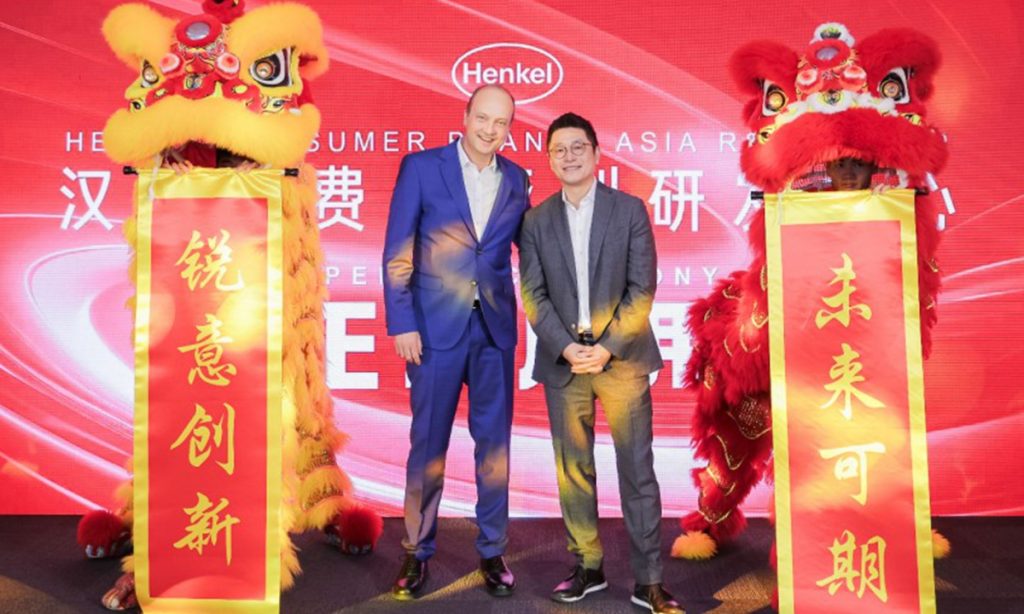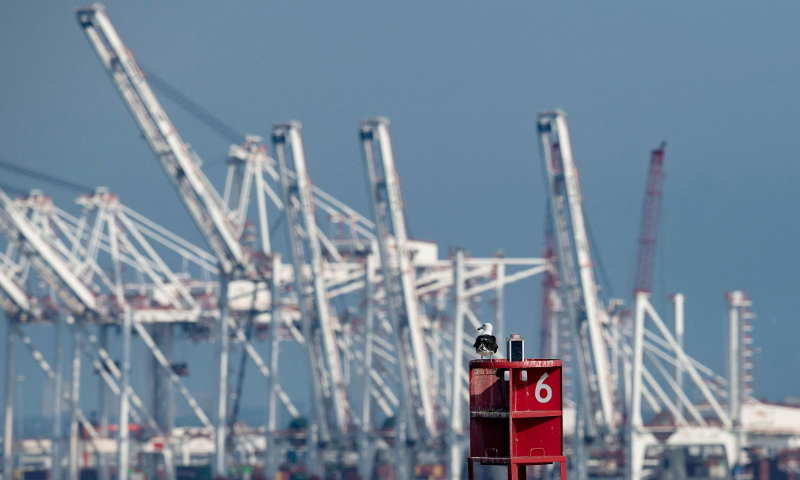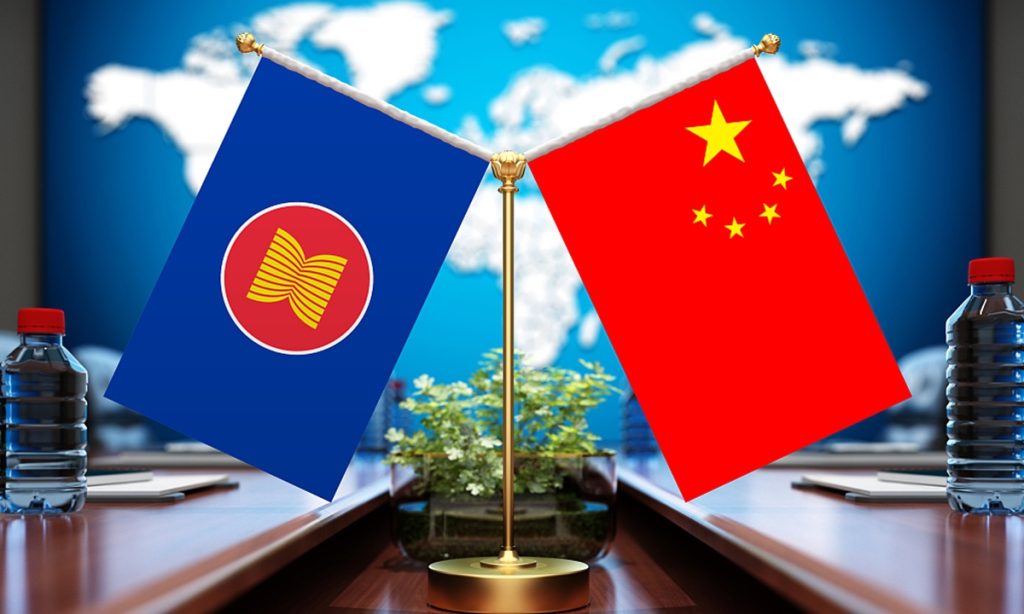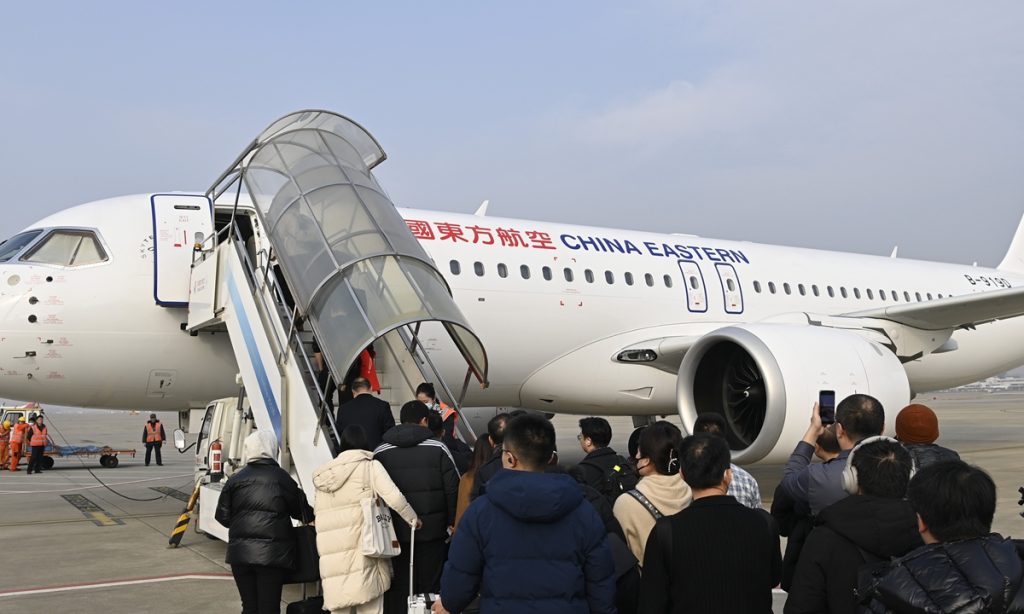SCI ends above 3,000; all major indexes finish month on positive note

The A-share market experienced a notable rebound on Thursday, with the Shanghai Composite Index (SCI) surpassing the 3,000-point threshold and all three major Chinese indexes ending the month on a positive note and breaking a six-month streak of losses.
The rally came as the top securities regulator, the China Securities Regulatory Commission (CSRC), has taken strong measures to regulate the market and impose heavy penalties on those who break the trading rules under its new leader, Wu Qing, who was appointed on February 7.
The SCI rose by 1.94 percent on Thursday, the Shenzhen Component Index went up by 3.13 percent, and the ChiNext Index gained 3.32 percent. More than 5,200 shares gained, with more than 100 hitting their daily limits.
Statistics from financial data provider Wind showed that northbound funds hit a seven-month record for single-day net purchases at 16.603 billion yuan ($2.31 billion). Total net purchases in February exceeded 60 billion yuan, the highest in nearly 13 months.
Favorable policies have played an important role in the market rally, Yang Delong, chief economist at Shenzhen-based First Seafront Fund Management Co, told the Global Times on Thursday.
"The CSRC under its new leader has been proactive in implementing reforms, including holding a dozen of symposiums to gather feedback from various stakeholders. This transparent and determined approach has greatly boosted investor confidence and led to a trend reversal in the market," Yang said.
The Shenzhen Stock Exchange held a symposium with eight listed companies on Wednesday focusing on promoting the quality of listed companies and accelerating the formation of new productive forces.
The listed companies have agreed to focus on science and innovation, strengthen their core competitiveness, and reward investors. They also suggest strengthening the supervision of listed companies throughout the entire process, tightening IPO issuance, cracking down on financial fraud, and rigorously delisting companies that do not meet the standards.
A hedge fund company had 8.93 million yuan of illegal gains confiscated for excessive high-frequency trading in share index futures by the China Financial Futures Exchange, the latest move by the regulatory authorities to crack down on illegal trading and revive investors' confidence.
The CSRC said that it will strengthen regulatory oversight of various trading activities, including high-frequency trading, and crack down on market misconduct in accordance with the law and regulations.
The CSRC also said that it would strengthen the supervision of Direct Market Access Strategy (DMA) products. "Steadily reducing leverage in the DMA business helps prevent and control market risks, and is good for the stable and healthy operations of the market," the CSRC said in a statement on Wednesday.
The CSRC held a symposium on Tuesday and pledged to further strengthen the rule of law in the capital market to support its high-quality development, consolidate the market's fundamentals, stabilize expectations and benefit it in the long term.
The meeting emphasized the need to ramp up enforcement efforts in administrative, civil, and criminal responsibilities, and to bolster "zero tolerance" law enforcement.
This followed 10 back-to-back meetings on February 18 and 19, right after the Chinese New Year holidays, where the CSRC solicited suggestions on regulations, risk prevention and high-quality development from market participants.
The meeting stressed improving the quality of listed companies at the source, with more focus on strict control over IPO access and stepped-up supervision and inspection of companies with IPO plans and crackdowns on financial fraud.
On the Chinese Lunar New Year's eve, the CSRC announced penalties for illegal activities, demonstrating its determination to create an open, fair and just market environment, Yang said.
The CSRC released a list of penalties on February 9 involving IPO fraud and illegal stock trading by industry professionals.
The penalty list includes a fine of 16.5 million yuan for IPO fraud committed by semiconductor start-up S2C EDA. In another instance, the CSRC fined 63 securities professionals from China Merchants Securities Co involved in illegal stock trading, and it imposed penalties totaling 81.73 million yuan.
The CSRC on February 5 listed several cases of suspected market manipulation and "malicious short selling" and vowed to severely punish those engaged in such illegal activities.
The regulator warned that it would maintain "zero tolerance," resolutely crack down on illegal activities, and ensure that those who dare to manipulate the market and engage in malicious short-selling will be bankrupted and jailed.







